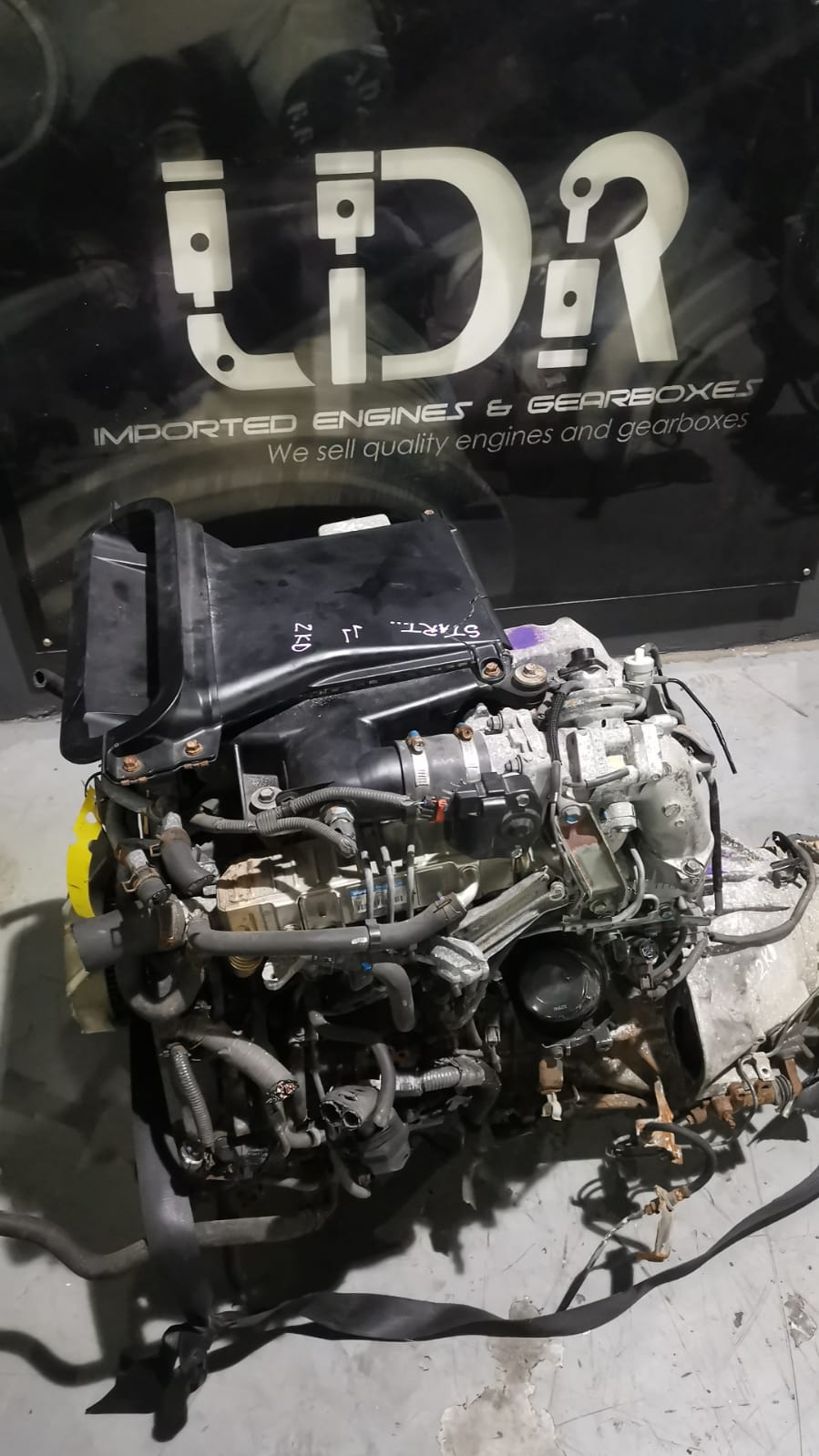Upgrade Your Car with a New Opel Corsa Engine
Upgrade Your Car with a New Opel Corsa Engine
Blog Article
Discovering the Inner Functions of a Compact Lorry's Engine System
As chauffeurs, we usually take for granted the elaborate procedures that occur within the boundaries of our car's engine system. In this expedition of a compact vehicle's engine system, we will unwind the internal operations of this mechanical harmony, dropping light on the enigmas that drive us ahead on our daily journeys.
Combustion Process Introduction
The burning process in a portable vehicle's engine system is a critical device that successfully converts fuel right into power to power the lorry. This process happens within the burning chamber of the engine, where fuel and air mix, ignite, and produce regulated surges. The combustion procedure contains 4 major stages: consumption, compression, exhaust, and power.
Throughout the consumption phase, the piston relocates downward, drawing in a mix of air and gas into the combustion chamber. The following phase, compression, entails the piston relocating upward, compressing the air-fuel combination to raise its potency. Ultimately, in the power phase, the ignition system fires up the compressed mixture, leading to a rapid development of gases that requires the piston pull back. This downward motion produces the power required to drive the lorry. Finally, in the exhaust stage, the burnt gases are eliminated from the burning chamber through the exhaust valve, preparing the chamber for the following cycle. This cyclic burning procedure is fundamental to the procedure of a portable car's engine system, guaranteeing reliable energy conversion for propulsion.
Piston and Cylinder Communication

The piston's exact fit within the cyndrical tube is important for keeping optimum compression and stopping energy loss during burning. Limited clearances in between the piston and cyndrical tube wall surfaces guarantee efficient securing, enabling the piston to relocate smoothly without enabling gases to leakage past. Correct lubrication is also important to minimize rubbing and use in between these elements, enhancing durability and efficiency.
Moreover, the design and materials utilized in making the piston and cyndrical tube impact engine performance and sturdiness. Modern engines usually utilize light-weight yet resilient products like aluminum alloys for pistons and cyndrical tube linings to lower inertia and boost thermal efficiency. Generally, the harmonious communication between the piston and cylinder is fundamental to the engine's performance and total performance.
Gas Injection System Capability
Fuel shot systems in small car engines play an important duty in exactly delivering gas to the combustion chamber for controlled and reliable ignition. The gas injection system functions by injecting gas into the combustion chamber at the ideal minute throughout the engine's operation (opel corsa engine). This specific timing guarantees that the fuel mixes uniformly with the air for correct combustion, resulting in boosted gas performance and lowered exhausts
There are mainly 2 kinds of gas injection systems used in small automobile engines: port fuel shot (PFI) and direct fuel injection (DFI) PFI systems inject gas into the intake port prior to the consumption valve, while DFI systems inject gas directly into the combustion chamber. Both systems have their advantages, with DFI offering far better fuel atomization and PFI supplying an click now extra cost-effective service.
Comprehending Engine Cooling Devices
Efficient procedure of a portable automobile's engine counts greatly on the performance of its cooling systems. The cooling system in a compact lorry generally consists of several parts working with each other to manage the engine temperature level. Recognizing these engine air conditioning systems is vital for keeping the efficiency and long life of a portable lorry's engine system.

Exhaust System Components Explained
The optimum performance of a compact lorry's engine air conditioning systems depends on a complementary system recognized as the exhaust system, which makes up various vital components my response for ensuring effective exhausts and engine performance. The exhaust manifold collects exhaust gases from the engine's cyndrical tubes and paths them to the catalytic converter.
One vital element of the exhaust system is the oxygen sensor, which monitors the oxygen levels in the exhaust gases to help regulate gas consumption and guarantee optimal engine efficiency. opel corsa engine. Additionally, the resonator might be present in some exhaust systems to reduce sound levels. On the whole, the exhaust system plays an important function in keeping engine efficiency, minimizing harmful discharges, and making certain a quieter driving experience for compact vehicle owners

Final Thought
To conclude, the compact automobile's engine system is an intricate combination of elements that collaborate to assist in the burning process, convert fuel right into power, and remove waste gases. Comprehending the internal operations of the engine system, consisting of the piston and cyndrical tube communication, fuel injection system, engine cooling mechanisms, and exhaust system elements, is essential for preserving optimal efficiency and performance of the lorry.
The burning process in a small vehicle's engine system is an important mechanism that effectively transforms fuel right into energy to power the car.Gas shot systems in portable car engines play an essential duty in specifically delivering fuel to the burning chamber for reliable and regulated ignition.There are mainly 2 kinds of gas shot systems made use of in portable vehicle engines: this hyperlink port fuel injection (PFI) and direct fuel shot (DFI) Comprehending these engine air conditioning devices is important for keeping the efficiency and longevity of a portable vehicle's engine system.
The optimal functioning of a small car's engine cooling mechanisms depends on a complementary system known as the exhaust system, which consists of numerous vital elements for making certain reliable emissions and engine performance.
Report this page